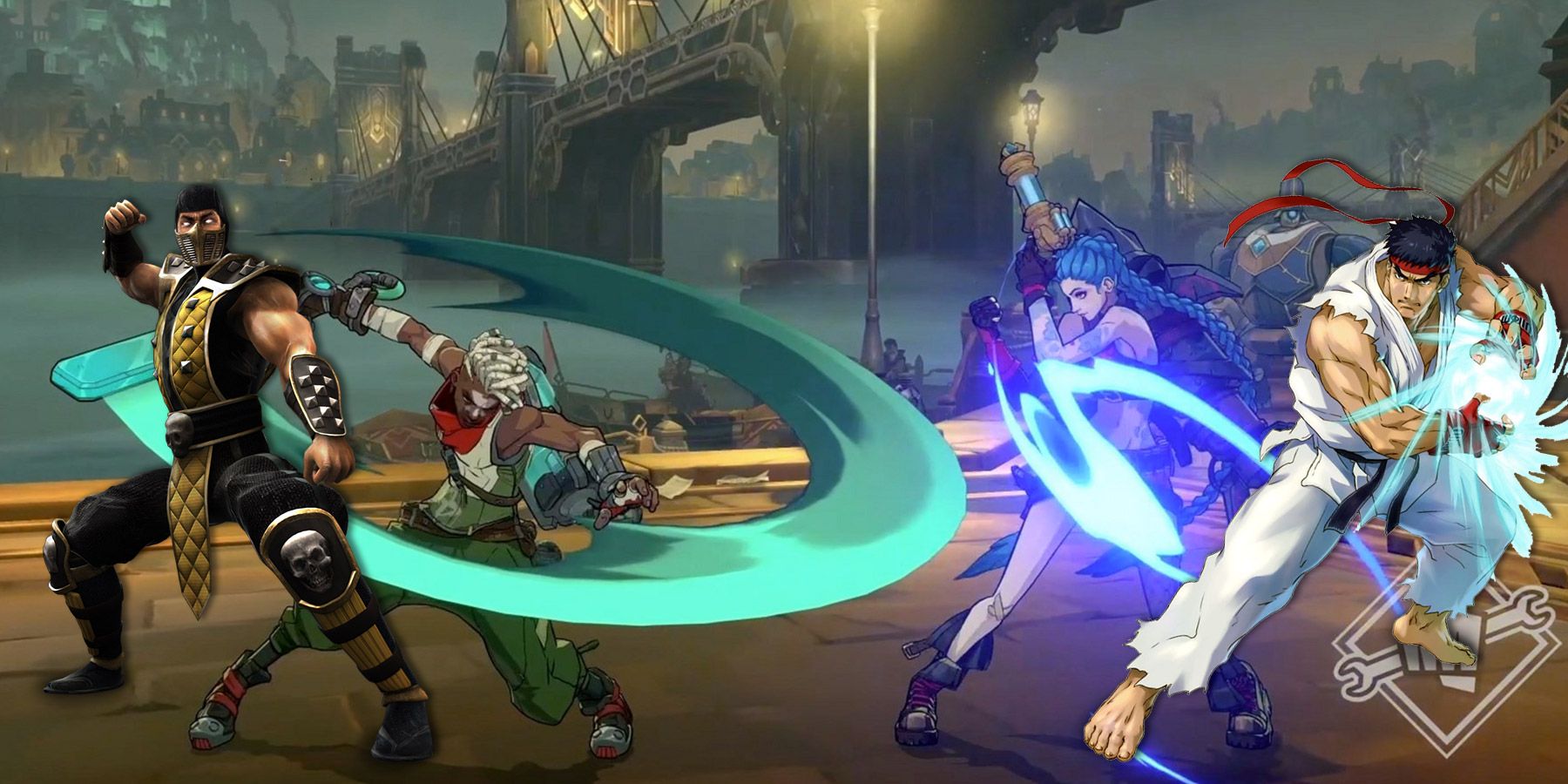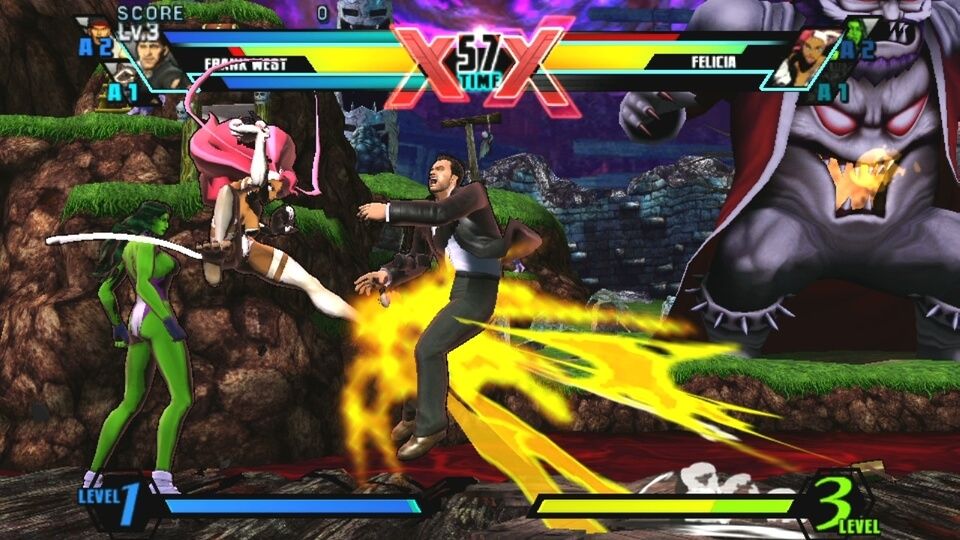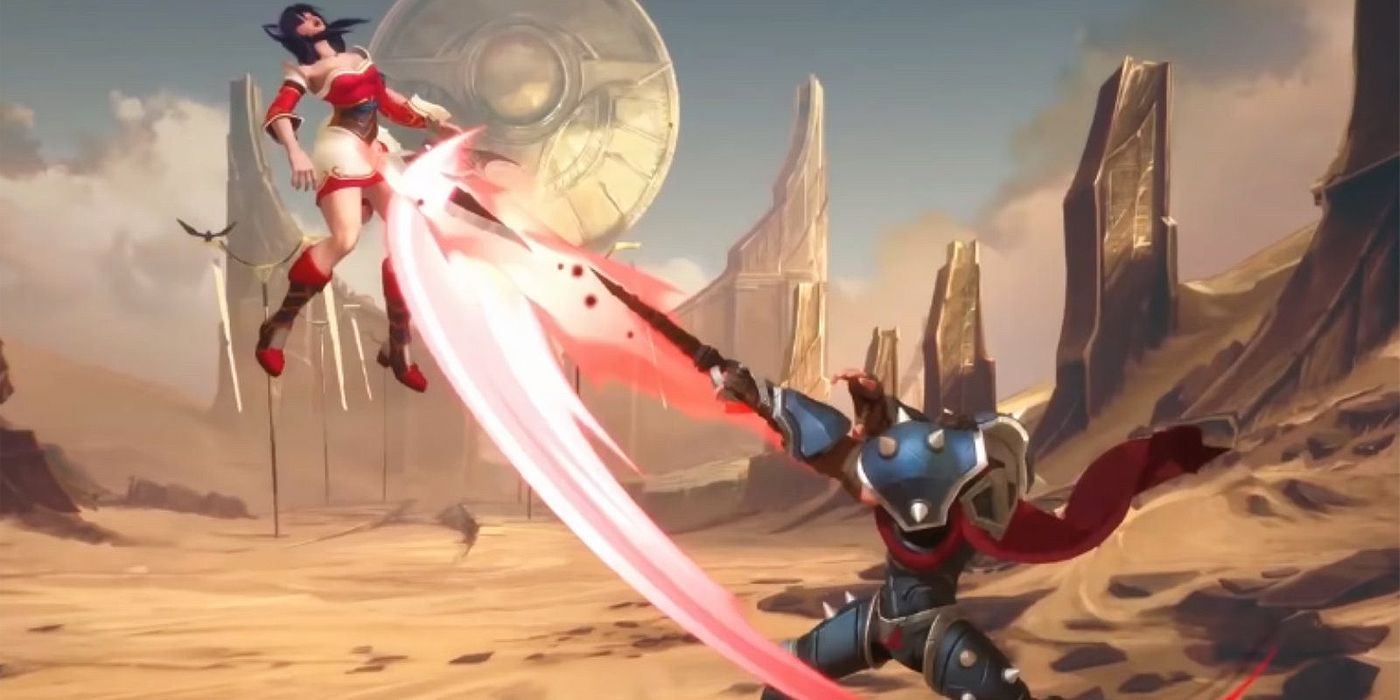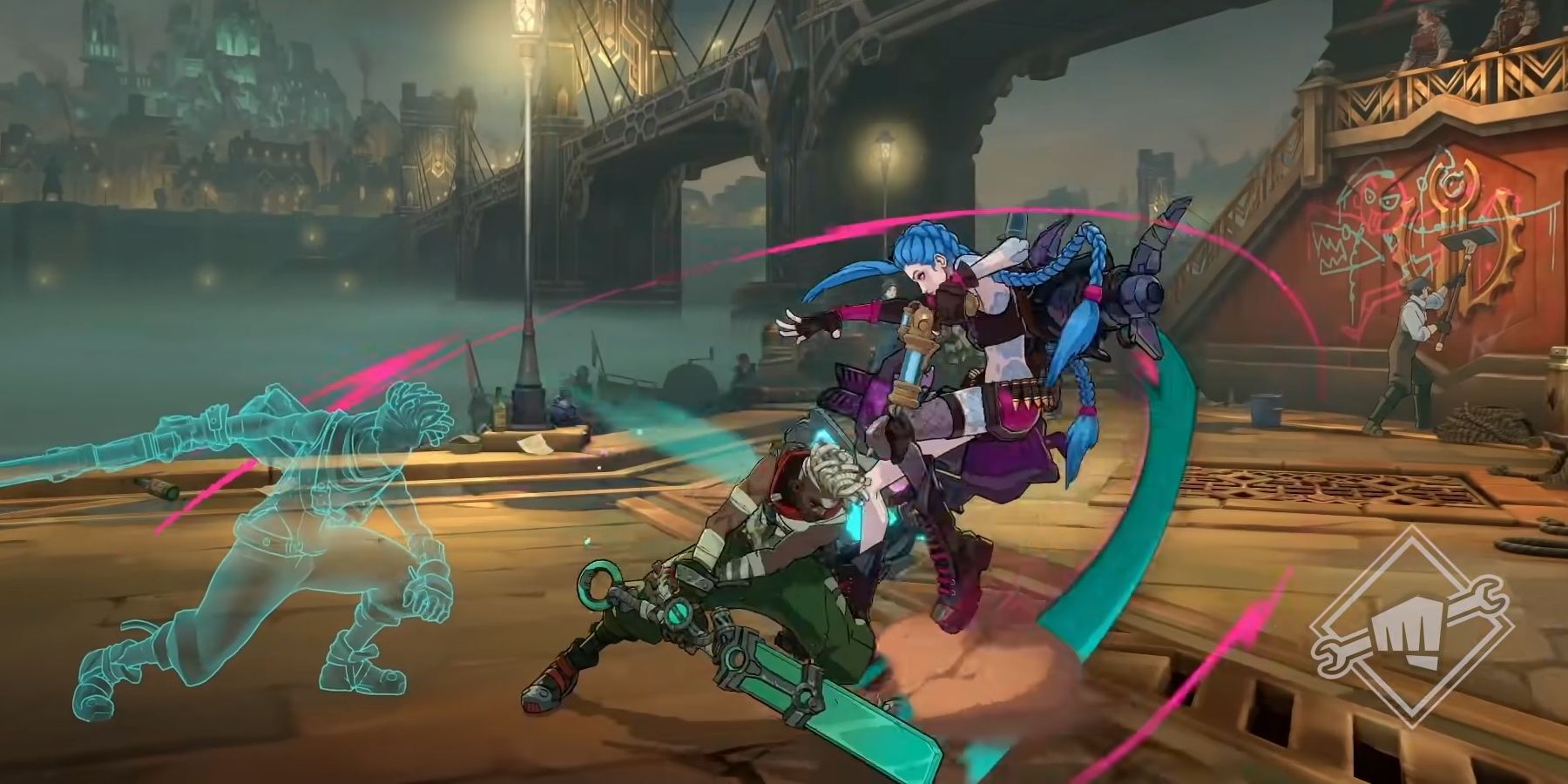After two years of waiting, Riot Games’ and Radiant Entertainment’s upcoming League of Legends fighting game has finally been re-introduced to the world. First teased at EVO 2019, Project L was formally announced at the League of Legends 10th Anniversary livestream later that October. It was announced alongside many other new ventures for League and Riot, but Project L still managed to stand out as the first seriously competitive fighting game spin-off of an existing American game franchise. Appropriately, it has returned as part of the festivities celebrating the first season of Arcane, the animated League of Legends show at the same event.
League fans and the fighting game community alike weren’t sure what to expect from the upcoming fighting game. The prospect of a fighter made with Riot’s money, online infrastructure, e-sports support, and star property was definitely an appealing one, but no one knew what form it would take. Radiant was helmed by Tom and Tony Cannon, founders of the EVO championship and creators of GGPO rollback netcode, but the only game the team has made is the cancelled Rising Thunder. Rising Thunder was, and still is in its freeware form, a competent traditional fighting game, but may felt it would be underwhelming if translated to Project L as it was. Fortunately, Project L is going in a whole new direction, and it looks to be taking inspiration from the best sources the fighting game genre has to offer.
What Project L Borrowed From Other Fighting Games
At first glance, the new Project L footage is immediately striking thanks to its new art style. The game now has a much more cel-shaded look, bringing to mind Arc System Works’ 2.5D fighting games. While specifics like character faces are different, the color usage and the way some attacks have 3D swing or hit effects is very close to how Guilty Gear Xrd and Strive treat visuals. Whether this is leading up to a similar 3D still frame camera pan to close out rounds like those games is another matter, but the door is definitely open for something as impressive as that.
Due to the League of Legends art style being visible in the character models, Project L also resembles another title from a gameplay perspective: Marvel Vs. Capcom 3. MvC3 is a game near and dear to the hearts of Radiant’s founding members, given that it was a mainstay at EVO for seven years of its life. This can also be seen in the tag-based gameplay, and the general speed of the game and versatility of the characters.
However, the more modern approach to this style of gameplay brings to mind Skullgirls and Power Rangers: Battle for the Grid, both games also made by refining the gameplay systems of other fighting games. Gameplay-wise, Project L may be most similar to a 2v2 match played in Skullgirls, which people anticipating the title can check out to potentially prepare themselves.
Things That Project L is Doing Better
Of course, for all of the things Project L is borrowing from other games, there’s a lot that it’s doing well by itself. The open approach to development is a major part, as fans have been given glimpses of the game in various stages of development, with more to come. Showing a game before its mechanics are finalized is a bold move, as is actively hiring staff throughout development. This shows that the development team is as excited for Project L as any fan, and wants to show the cool things it has been working on whenever it feels they’re in a presentable state.
Of much greater importance to the FGC than early builds is the confirmation of good netcode, and Riot’s usual online gaming focus has that covered. Fighting games have had a history of subpar online when played outside of the compact and controlled arcade environment. Only now during the pandemic are major Japanese fighting games shaking that off.
There’s still growing pains in the form of one-sided rollbacks in many games, but at least rollback netcode is becoming a genre standard. The Cannon brothers’ experience with netcode development, combined with Riot’s server strength, should prove to bring a superb netplay experience to everyone who plays the game, and promise to bring even more exciting innovations and rarely-seen features on top of that.
What Could Result From Project L's Efforts
With all that Riot and Radiant Entertainment are doing to make Project L great, it sounds like the game will be the most refined 2D fighting game to date. That may just be the intent of this title, though not just for Riot’s benefit. For a long time, fighting games have held a weird niche space: They’ve always been well-known and recognized in the media, but they never seemed to grow as much as the rest of the industry did. Sure, modern fighters have moved millions of copies, but it’s telling that the current talk of the town, Guilty Gear Strive, celebrated passing 500,000 sales in its first week for the first time in Guilty Gear’s history. For the original game genre built for public competition, the player retention, post-launch viewership, and esports success of fighting games has been shockingly poor.
Project L is going to be an attempt to fix that. For the first time, a major big-budget fighting game built on a popular license is primed to have every quality-of-life feature that dedicated fighting games have built up. On launch, there’s a very good chance that Project L will put its Street Fighter and Tekken competitors to shame with its high-functioning netcode, flexible and convenient lobbies, matchmaking, and a host of other features like rhythm-based combo trials and a massive number of online and offline training mode features.
It also stands to reason that Project L could be the first big-name traditional fighting game to go truly free-to-play at launch, with characters earned quickly and high quality cosmetics needing to be bought, just like League of Legends. Project L may become the “perfect storm” of fighting games, simply by looking at its competitors to see what works and having the resources to implement all of it. For the sake of competition among fighting game development, many are hoping it will succeed.
Project L is currently in development with no confirmed release date.




